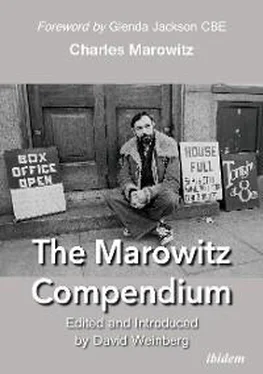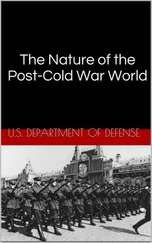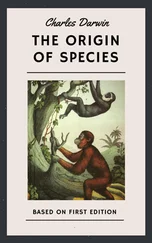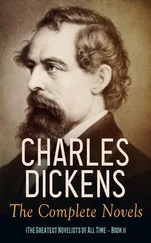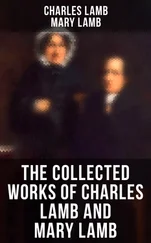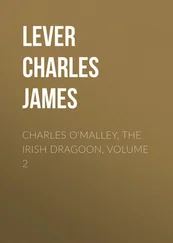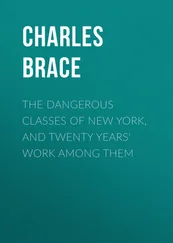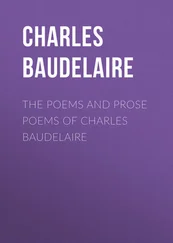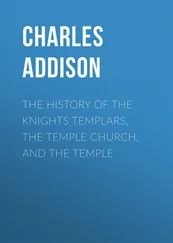During his time living in Malibu his home was threatened by fire on three occasions. When forced to evacuate he had to choose which possessions were a priority to save potentially from the fire. Marowitz chose to take his computer, a half dozen manuscripts, and as many 78 rpm records from his collection he could stuff into an oblong bag. In hindsight this led him to the conclusion that essentially words and music, were what really mattered to him. Music as nourishment and inspiration, and words as a product of that nourishment and inspiration.
In the spring of 1996 Marowitz read Eric Bentley’s The Brecht Memoir. He was immediately drawn to the material as he believed it was the most revealing work, he had read about the person of Bertolt Brecht. Marowitz wrote a letter to Eric Bentley (1916-2020), the celebrated drama critic who had started writing pieces for the theatre, expressing his enthusiasm and suggesting that Bentley consider turning his memoir into a play. He did not hear back from Bentley for four years. In 2000 Marowitz heard back from Bentley and this began a unique collaboration for both men which culminated first in February 2002 when Marowitz directed a rehearsed reading of Silent Partners, based on The Brecht Memoir, at the Coronet Theatre in Los Angeles where the original production of Brecht’s The Life of Galileo, starring Charles Laughton, was staged in 1947. Then in April 2006 Silent Partners, premiered at the Scena Theatre in Washington DC and in London at the White Bear Theatre in 2013.
In 2004 his biography of Michael Chekhov The Other Chekhov, about the largely forgotten Oscar-nominated nephew of Anton Chekhov was published. Throughout his life Marowitz described a certain tug-a-war between Stanislavski based approaches to theatre craft and more ‘metaphysical’ approaches such as those he believed were contained in the theories of Artaud. His interest in Michael Chekhov was part of this struggle to find methods that would potentially reconcile this aesthetic conflict. Michael Chekhov shared an ambivalence towards a limited naturalistic approach to theatre making as expressed in such writings as To the Actor (1953).
In 2005 Marowitz directed Vaclav Havel’s Temptation, at the Czech National Theatre in collaboration with the Nobel laureate and former president of the Czech Republic. Marowitz’s recollection of the production is enclosed within. Marowitz was the first American to direct at the Czech National Theatre. Following this production Marowitz began to slow in his output and activity. In 2009 he was offered a lecture tour of Denmark under the auspices of the US Embassy in Copenhagen of universities, societies, and theatre schools. Marowitz was invited to direct his Hamlet, collage at the University of Victoria in Canada for nine performances in March 2012. This was the last production he directed. He died on May 2nd, 2014 in Agoura Hills; California due to complications from Parkinson’s disease. He is survived by his wife, Jane Windsor-Marowitz, whom he married in 1982, and by a son, Konstantin, known as Kostya.
Charles Marowitz became a key figure in an important new phase in the development of contemporary theatre. The groups and people associated with Marowitz would serve to delineate the antithetical purpose of the alternative theatre and establish an engagement between this sector and the commercial theatre establishment which could be argued had dialectical characteristics. A synthesis of alternative and mainstream characteristics has emerged and influenced contemporary theatre as a whole into a more comprehensive level of engagement with society. In this a somewhat more representative and comprehensive number of communities and voices find representation. One could go to the most commercial theatre in the present day and identify characteristics, such as an increased emphasis on physicality and non-verbal expression, or the irreverent deconstruction and decentring of canonical texts, and trace these characteristics back to the influence of the alternative theatre. In several societies, there is a tendency for mainstream theatre to draw direct influence from the alternative theatre if it exists.
In a conventional proscenium arch actor/audience scenario the audience is a part of an active/passive relationship. In conventional narrative-text-character based theatre the reception of the performance will be optically and auditorily focused and selective with regard to the incidents and their narrative significance. The audience member will sit in a designated position which orientates in a certain direction. The seat is fixed to the floor and the lights are extinguished except for a specific area where the performance activity is located. The audience is expected to acquiesce in a level of subordination and passivity. Marowitz’s theatre sought varieties of alternatives to such a rigid format.
These changes were intertwined with his own personal journey as well as contemporaneous events. Marowitz experienced the advent of Off Broadway firsthand as a youth in Greenwich Village and as a theatre critic for the Village Voice climbing fire escapes and attending unconventional performances in unconventional locales. His move to Britain during the watershed year of 1956 combined with his iconoclasm and his pattern of confronting established practices and institutions were perhaps in some way emblematic of the changes in the theatre itself during the period.
During the earlier period of his career Marowitz was caught up in prevailing theatrical preoccupations of the day. During the 1960s his theatrical temperament transformed from an interest in applying Stanislavski’s methodology to the ideas of Artaud whom he first read in 1958. In his own sensibility Marowitz shifted away from socially committed plays and ideology to an emphasis on aesthetic innovation and metaphysical exploration. In particular, when he was working with the Traverse he found that there was a predominant emphasis on new writing. He decided that no amount of new writing would really change theatre itself or free it from a state of aesthetic obsolescence so he began to search for new forms and techniques which would transcend the mundane and the temporal (Marowitz 1973: 8-9). He became committed to the creation of a collective instrument based around the idea of a permanent company. Working collectively in collaboration with a director but without specific reference to a single playwright per se would, in his view, by virtue of its artistic chemistry, create a new and original kind of artistic specimen that was more efficacious than the written word itself (Marowitz, Interview, 2011). It was in order to realise this vision that Marowitz originally collaborated with Peter Brook on the Theatre of Cruelty season in 1963/64, which effectively popularised the ideas of Artaud within contemporary theatre. He created the Open Space Theatre Company in 1968 which was the only example in Britain of a laboratory company run on a repertory basis. Marowitz’s development in this direction started with his experience of the Group Theatre and the emergence of the ‘American Method’ or rather American derivations of Stanislavski. In particular, Stanislavski-based improvisational techniques were an important formative influence on Marowitz.
Characteristics of his work included a subversion of conventional narrative, the exploration of non-traditional time, experimentation with location and space, an emphasis on a diversity of voices, and new approaches to the physicalisation of performance, experimentation with audience and stage configuration and relationship (Total Space), artistic experimentation with form and content, Post-Brechtian forms of political engagement, non-traditional venues and audiences, non-narrative and language based (physical theatre), use of American ‘Method’ techniques, anti-class based form and content, and the use of obscene language and nudity. In addition included experimentation with language (physicalisation and obscenity), experimentation with form (performance art and one-acts), and a breaking down of traditional hierarchies in terms of the economics and process of production as well as the actor/audience relationship. Further he explored issues of identity as expressed in theatre in ways which problematise and challenge perception of identity in terms of any single overarching or homogenising categorisation.
Читать дальше
